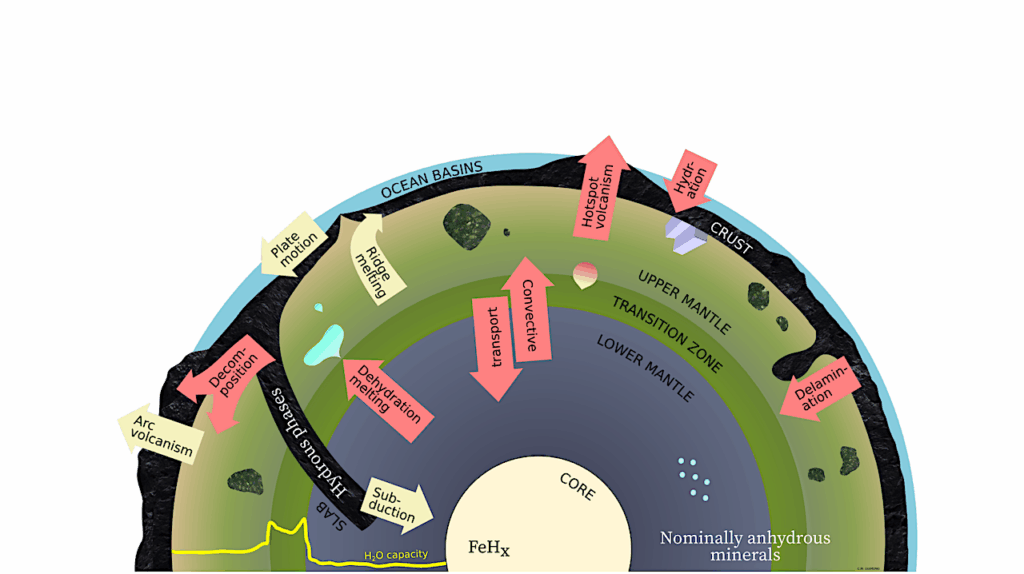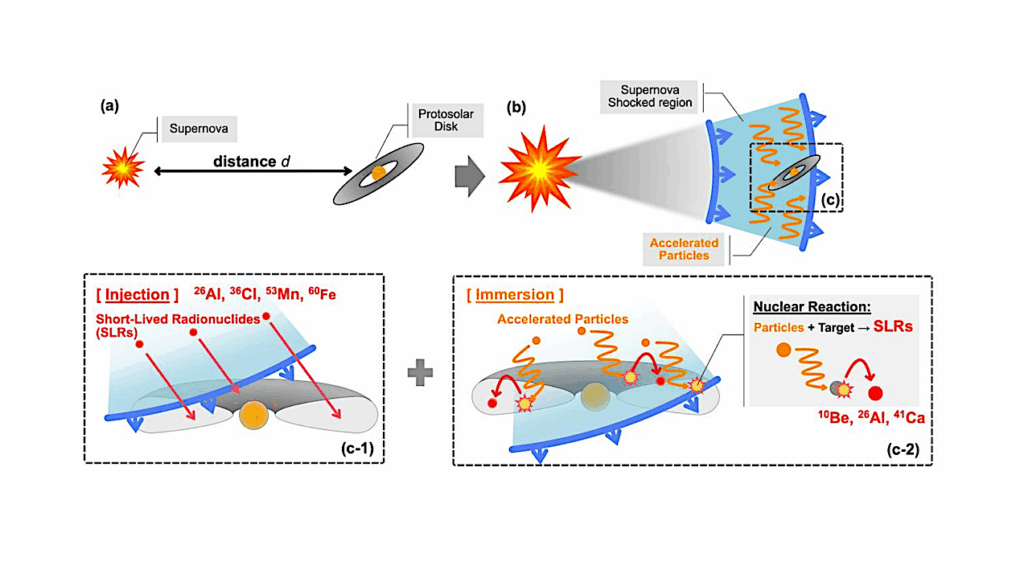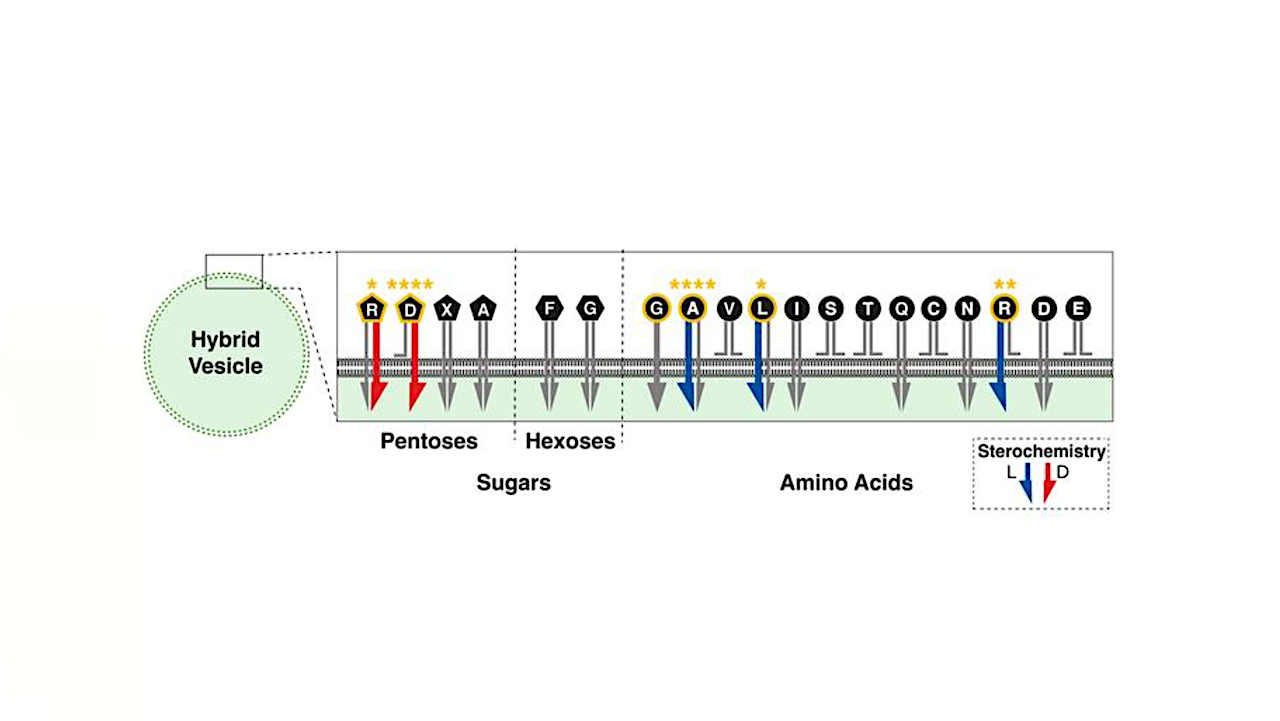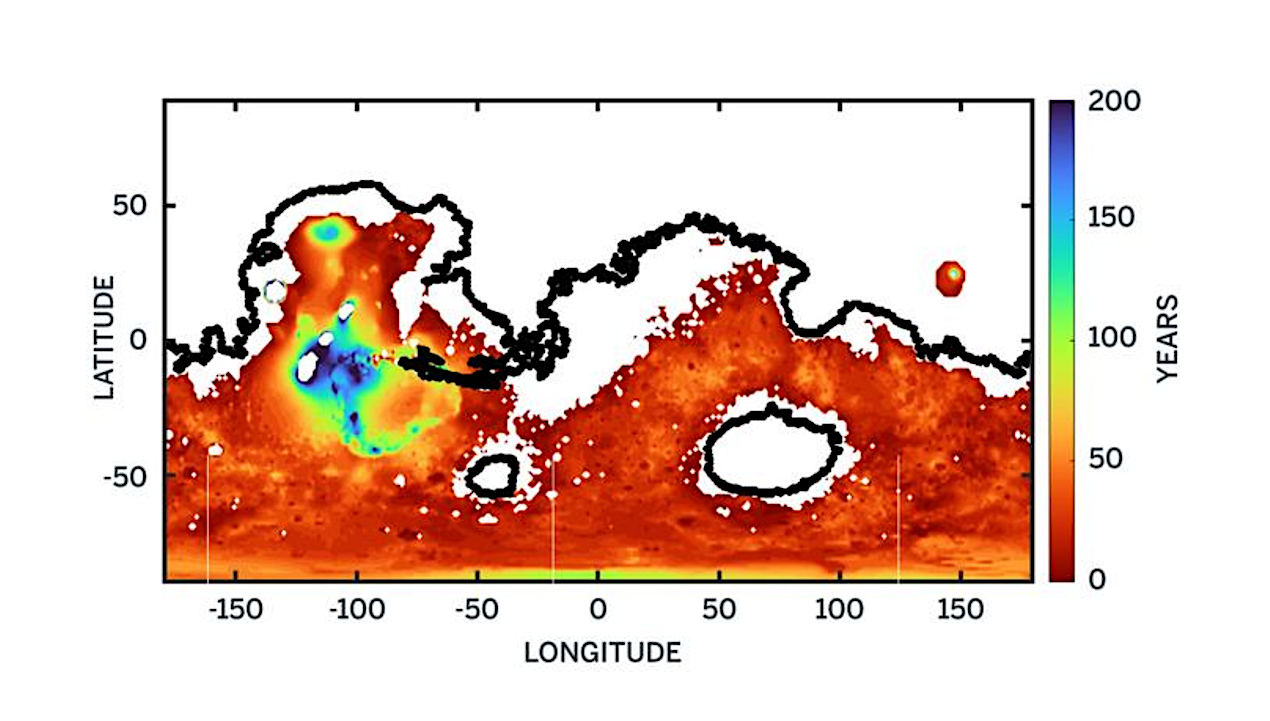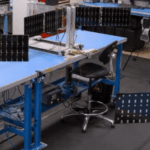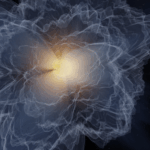Now Reading: Roman Observations Time Allocation Committee: Final Report and Recommendations
-
01
Roman Observations Time Allocation Committee: Final Report and Recommendations
Roman Observations Time Allocation Committee: Final Report and Recommendations
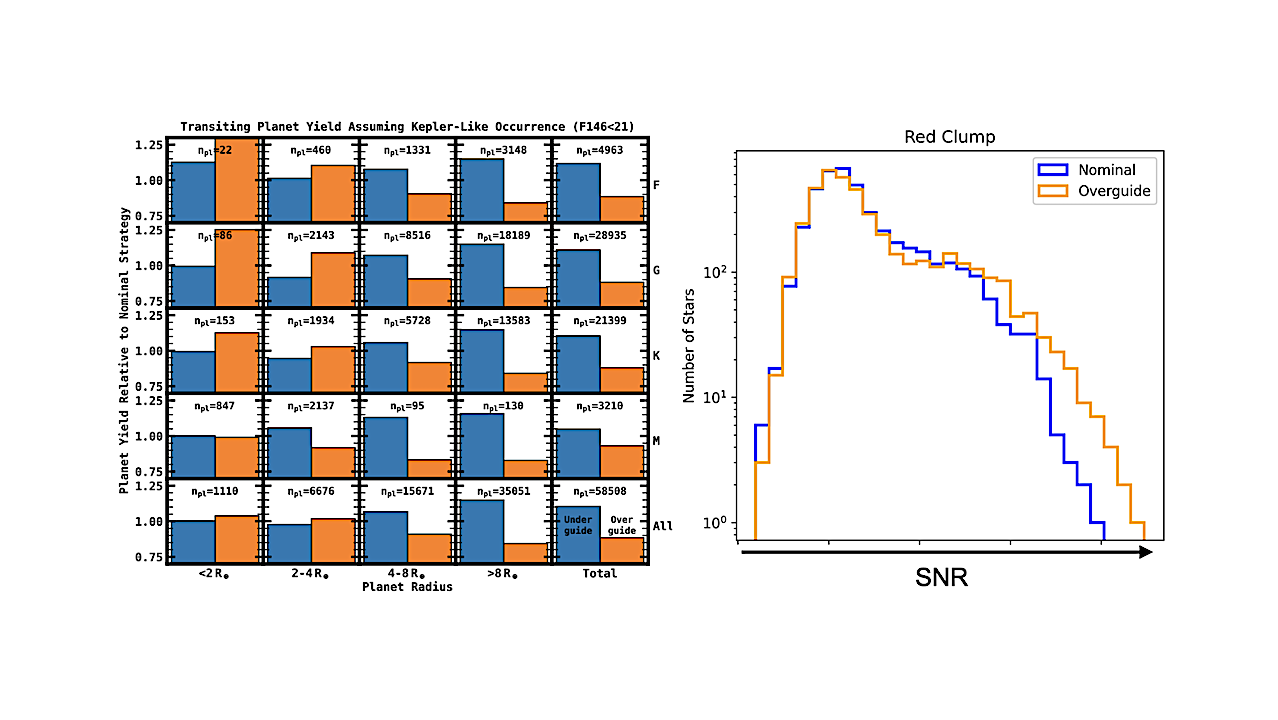

Yield simulations for transiting planets and asteroseismology using the recommended survey designs. Left: Transiting exoplanet yield relative to the nominal survey as a function of planet radius (x-axis) and host star spectral types (y-axis). Blue bars denote the underguide, and orange bars the overguide survey. Numbers in each panel denote the number of planets expected to be detected in the nominal survey design. Figure credit Robby Wilson (GSFC). Right: Signal-tonoise ratio histogram for asteroseismic detections in red clump stars for the nominal and overguide recommendations. Figure credit: Trevor Weiss (CSULB) and Noah Downing (OSU). — astro-ph.IM
The Nancy Grace Roman Space Telescope is poised to revolutionize our scientific understanding of exoplanets, dark matter, dark energy, and general astrophysics, including through an innovative community approach to defining and executing sky surveys.
The Roman Observations Time Allocation Committee (ROTAC) was convened to recommend time allocations for the three Core Community Surveys (CCS) using the Wide Field Instrument (WFI): the High Latitude Wide Area Survey, the High Latitude Time Domain Survey, and the Galactic Bulge Time Domain Survey, as well as balance the time allocation for the General Astrophysics Surveys.
Each CCS had a corresponding Definition Committee that collected community input and designed proposals for a nominal (in-guide) survey, as well as underguide and overguide options with smaller and larger time allocations, respectively. These options explored different ways of fulfilling the mission science requirements while maximizing general astrophysics science goals enabled by the surveys.
In this report, the ROTAC lays out its recommendations for the three CCS observing designs and the WFI time allotment for CCS (74.5%) and the General Astrophysics Surveys (25.5%).
Roman Observations Time Allocation Committee, Core Community Survey Definition Committees
Comments: Report released in late April (link)
Subjects: Instrumentation and Methods for Astrophysics (astro-ph.IM); Cosmology and Nongalactic Astrophysics (astro-ph.CO); Earth and Planetary Astrophysics (astro-ph.EP); Astrophysics of Galaxies (astro-ph.GA); High Energy Astrophysical Phenomena (astro-ph.HE); Solar and Stellar Astrophysics (astro-ph.SR)
Cite as: arXiv:2505.10574 [astro-ph.IM] (or arXiv:2505.10574v1 [astro-ph.IM] for this version)
https://doi.org/10.48550/arXiv.2505.10574
Focus to learn more
Submission history
From: Gail Zasowski
[v1] Tue, 13 May 2025 20:40:37 UTC (21,213 KB)
https://arxiv.org/abs/2505.10574
Astrobiology,
Stay Informed With the Latest & Most Important News
Previous Post
Next Post
-
 012024 in Review: Highlights from NASA in Silicon Valley
012024 in Review: Highlights from NASA in Silicon Valley -
 02Panasonic Leica Summilux DG 15mm f/1.7 ASPH review
02Panasonic Leica Summilux DG 15mm f/1.7 ASPH review -
 03From Polymerization-Enabled Folding and Assembly to Chemical Evolution: Key Processes for Emergence of Functional Polymers in the Origin of Life
03From Polymerization-Enabled Folding and Assembly to Chemical Evolution: Key Processes for Emergence of Functional Polymers in the Origin of Life -
 04How New NASA, India Earth Satellite NISAR Will See Earth
04How New NASA, India Earth Satellite NISAR Will See Earth -
 05And Thus Begins A New Year For Life On Earth
05And Thus Begins A New Year For Life On Earth -
 06Astronomy Activation Ambassadors: A New Era
06Astronomy Activation Ambassadors: A New Era -
07SpaceX launch surge helps set new global launch record in 2024













